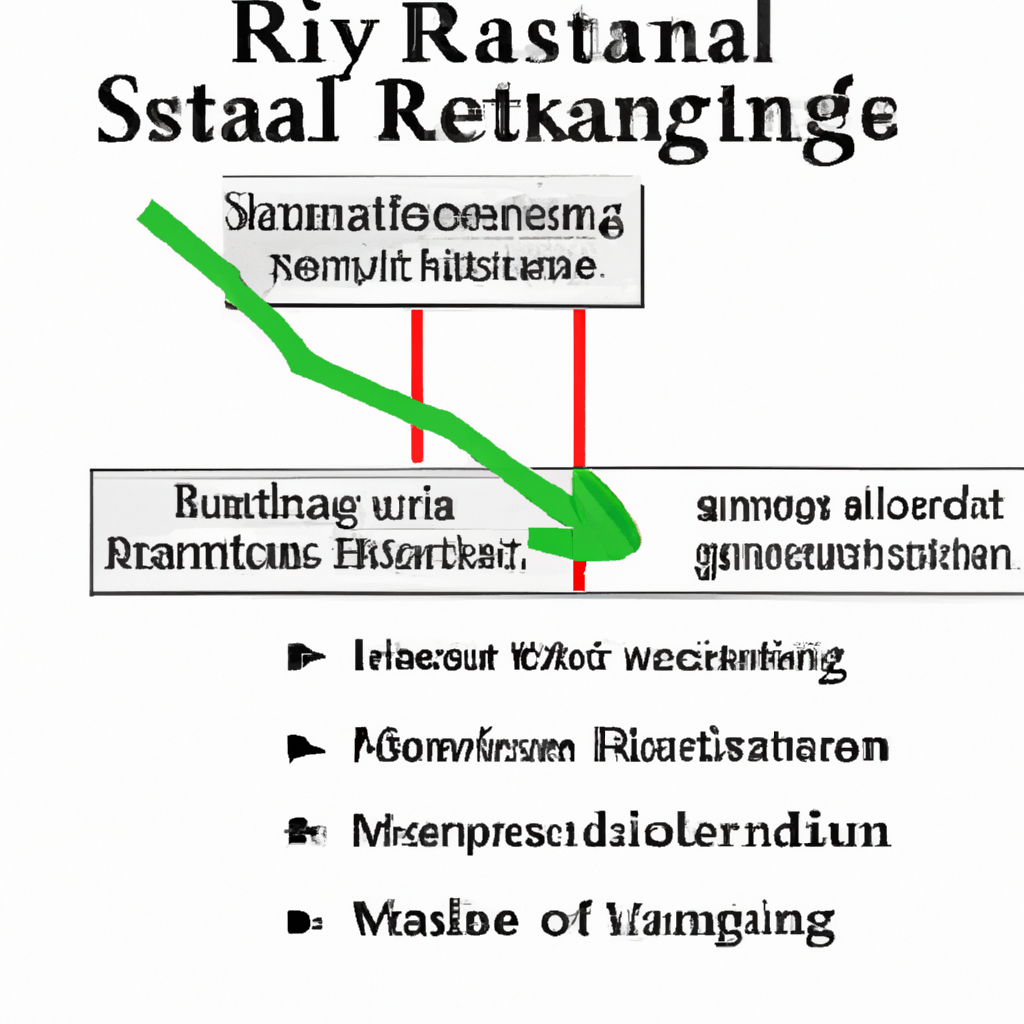
RSI Strategies for Market Analysis
Introduction
Relative Strength Index (RSI) is a popular technical indicator used by traders to analyze the strength and momentum of a market. By using RSI strategies, traders can identify potential entry and exit points in the market.
Understanding RSI
RSI is a momentum oscillator that measures the speed and change of price movements. It ranges from 0 to 100 and is typically used to identify overbought or oversold conditions in the market.
Interpreting RSI
- RSI above 70 indicates overbought conditions, suggesting a potential reversal or pullback.
- RSI below 30 indicates oversold conditions, suggesting a potential buying opportunity.
RSI Strategies
1. RSI Divergence
RSI divergence occurs when the price of an asset moves in the opposite direction of the RSI indicator. This can signal a potential reversal in the market.
2. RSI Overbought/Oversold
Traders can use RSI levels above 70 to identify overbought conditions and look for potential short opportunities. Conversely, RSI levels below 30 can indicate oversold conditions and potential long opportunities.
3. RSI Trendline Break
Traders can draw trendlines on the RSI indicator to identify potential trend reversals. A break above or below the trendline can signal a change in market direction.
Conclusion
RSI strategies can be a valuable tool for market analysis, helping traders identify potential entry and exit points in the market. By understanding and implementing RSI strategies, traders can improve their trading decisions and increase their chances of success.





